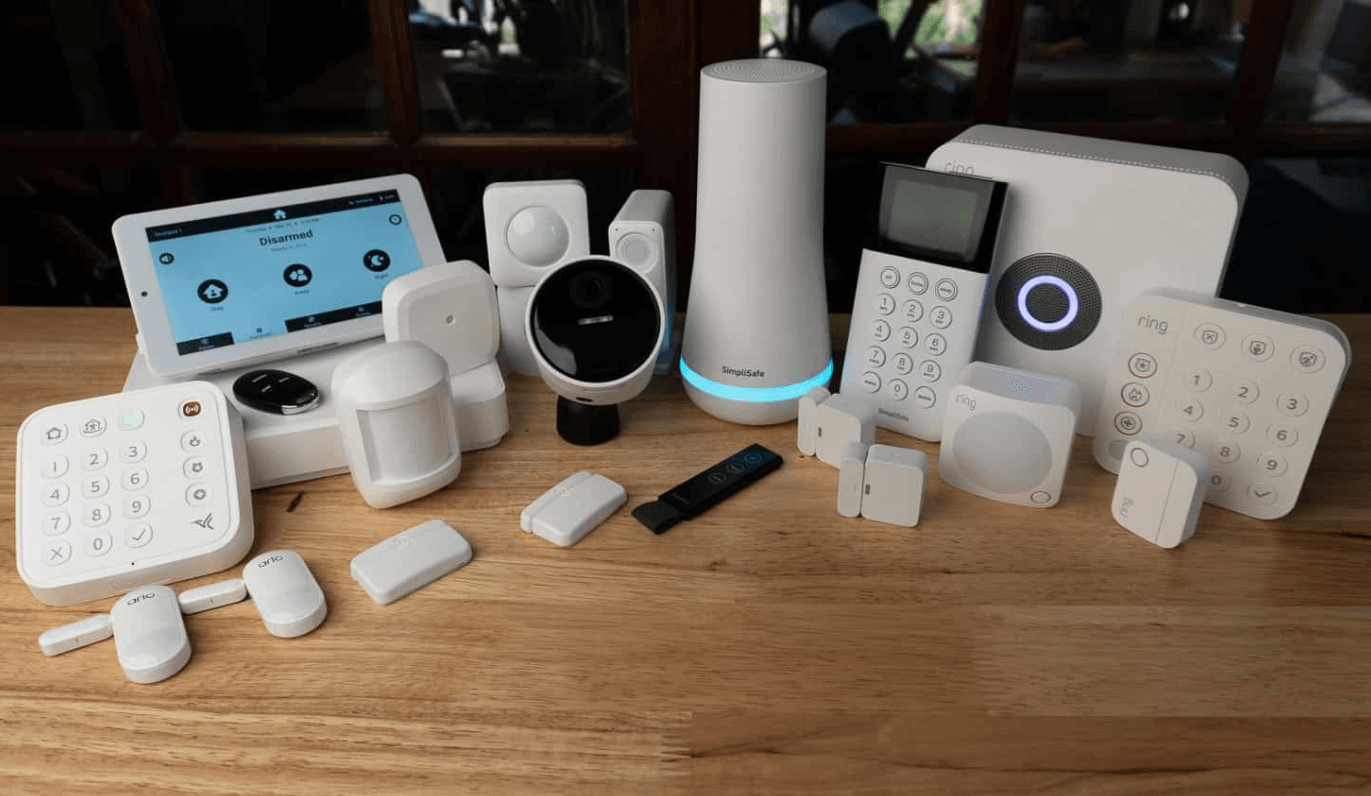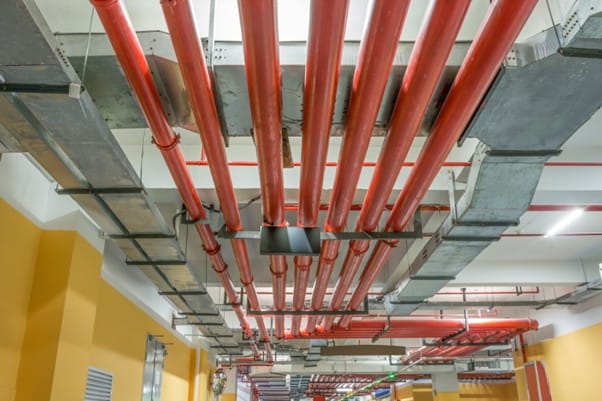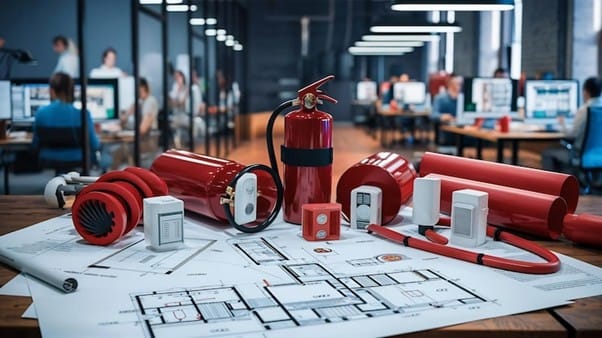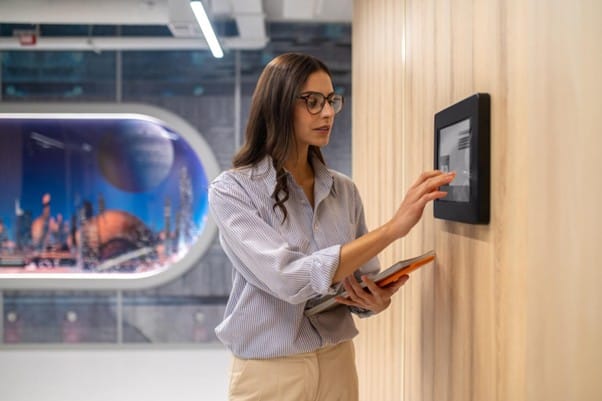Protecting your home is no longer an option; it’s a necessity. With rising concerns about theft, vandalism, and unexpected emergencies, installing a home alarm South Beach, FL, has become one of the most effective ways to secure your property. Yet, many homeowners make common mistakes when selecting their security solutions. These mistakes can reduce system performance, create gaps in protection, and even cost more in the long run.
Below, we explore the most frequent errors and how to avoid them when investing in home security in South Beach, FL.
Ignoring Professional Guidance
Many homeowners rush into buying a system without consulting experts. They rely on online deals or DIY kits that seem affordable upfront. The problem is that every home is different.
- Professional evaluation identifies weak points like back doors, windows, or blind spots.
- Security experts recommend systems tailored to specific layouts and risks.
- Skipping this step often leaves homes partially protected.
When it comes to home security systems ,South Beach, FL, expert input ensures that you’re not leaving your property vulnerable.
Choosing Price Over Quality
Cost is always a factor, but relying only on the cheapest system is a big mistake. Lower-cost alarms may lack critical features such as motion detection, remote monitoring, or integration with fire and smoke sensors.
Think of it like this: you wouldn’t buy the weakest lock for your front door, so why settle for a weak alarm?
Instead:
- Compare system features, not just prices.
- Factor in long-term reliability and support.
- Balance affordability with performance.
Overlooking Monitoring Services
Some homeowners assume that once the alarm is installed, their job is done. In reality, an alarm without monitoring is like a locked door without someone checking if it’s been broken.
- Monitoring centers provide 24/7 oversight.
- Alerts are sent immediately to homeowners and emergency services.
- Without monitoring, alarms may go unnoticed during critical events.
Professional monitoring transforms a home alarm, South Beach, FL, from a basic alert device into a complete safety solution.
Ignoring System Scalability
Security needs change over time. A young family might add new rooms, smart devices, or even rental spaces. Unfortunately, many homeowners pick systems that cannot adapt.
- Non-scalable systems require full replacement for upgrades.
- Modern, modular systems allow easy additions like cameras or motion detectors.
- Planning ahead saves money and avoids system replacement.
When considering home security, South Beach, FL, think about future needs, not just immediate ones.
Forgetting About Integration
A common oversight is treating each security feature as separate. Many homeowners fail to integrate alarms, cameras, and fire detection into a single system. This reduces efficiency.
An integrated system:
- Sends unified alerts for faster response.
- Improves user control through one app or control panel.
- Ensures no overlap or gaps between systems.
Integration is the backbone of advanced home security systems, South Beach, FL.
Ignoring Maintenance and Support
Another major mistake is assuming that installation is the last step. Alarms and cameras require regular upkeep. Batteries fail, sensors shift, and software needs updates.
- Neglecting maintenance lowers effectiveness.
- Support plans ensure quick repairs and upgrades.
- Professional servicing keeps systems reliable during emergencies.
Security is not “set it and forget it.” Ongoing care matters.
Relying Only on Visible Cameras
While cameras are excellent deterrents, some homeowners believe they are enough. Criminals know how to avoid or disable poorly placed cameras.
- Hidden or secondary cameras add extra layers of protection.
- Alarms and sensors back up cameras when tampered with.
- Relying solely on one feature creates vulnerabilities.
The best defense combines multiple tools into one strong system.
Skipping Fire and Environmental Protection
Many homeowners think only about break-ins, but emergencies come in different forms. Forgetting to include smoke, fire, and carbon monoxide detection is a serious risk.
- Fire spreads faster than burglars can act.
- Flood sensors can save thousands in water damage.
- Carbon monoxide detection prevents invisible dangers.
Adding these options creates true peace of mind, not just burglary protection.
Final Thoughts
Choosing the right system takes more than just a quick purchase. By avoiding these mistakes, homeowners can create stronger, smarter, and more reliable protection. From professional guidance to system integration, every step matters.
If you want security that truly safeguards your family and property, the right partner makes all the difference. For reliable home security systems South Beach, FL, trust experts who specialize in alarms, fire detection, and modern access solutions. That’s where Helios Security Systems comes in, offering tailored solutions that meet your needs today and grow with your home tomorrow.
FAQs
1. What features should I look for in a home alarm South Beach FL?
Look for features like 24/7 monitoring, motion sensors, remote access, and integration with cameras and fire detectors. These ensure full coverage and fast response in emergencies.
2. How do I know if my home security South Beach FL is reliable?
A reliable system comes from a professional installation, has ongoing support, and includes monitoring services. Test your system regularly and schedule maintenance to keep it in top shape.
3. Can home security systems South Beach FL prevent break-ins?
Yes, they act as a strong deterrent. Visible alarms and cameras discourage intruders, while monitoring ensures quick alerts to homeowners and authorities when suspicious activity occurs.
4. Do I need professional alarm installation or can I DIY?
DIY kits may seem simple, but professional installation ensures proper placement, calibration, and integration of all devices. This reduces the risk of errors and improves system effectiveness.
5. How often should I update or upgrade my home security systems?
It’s best to review your system every 2–3 years or after major home changes. Upgrades keep your system compatible with new technology and evolving security needs.




